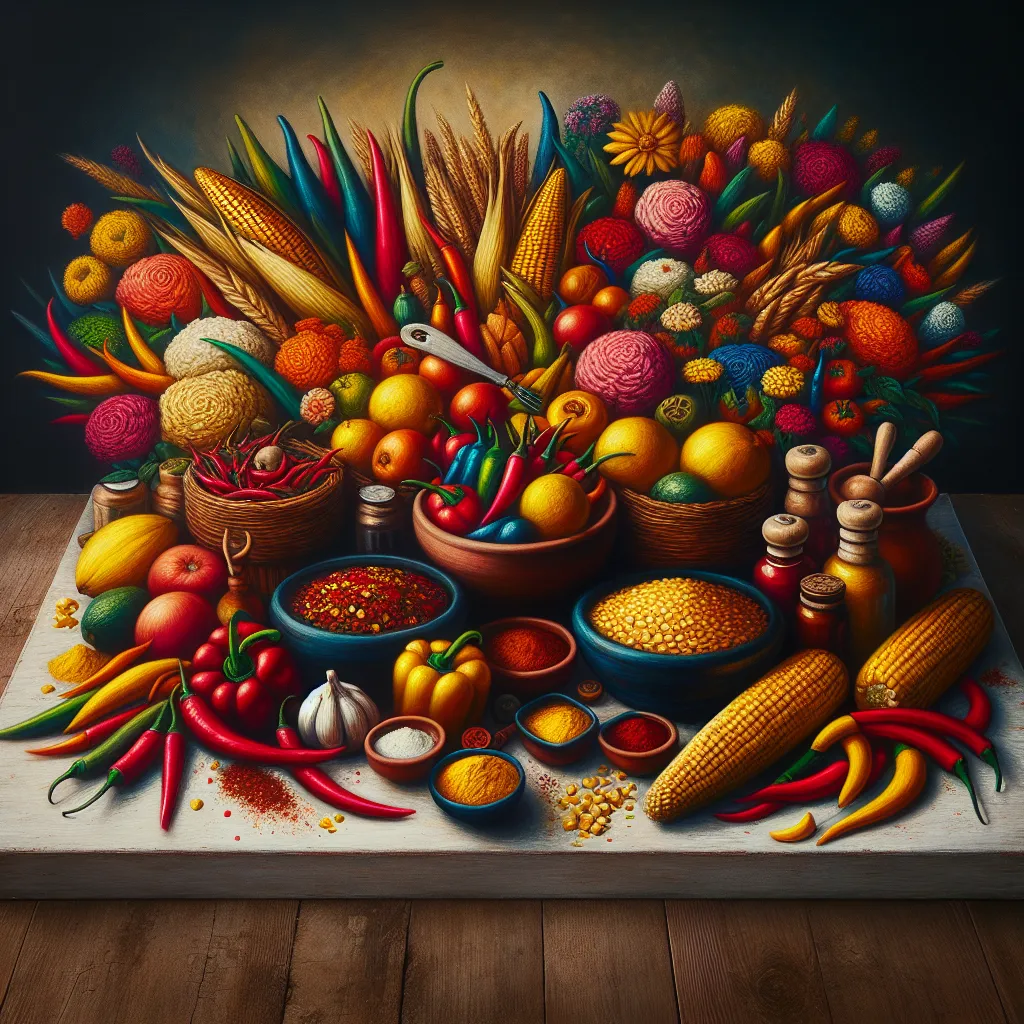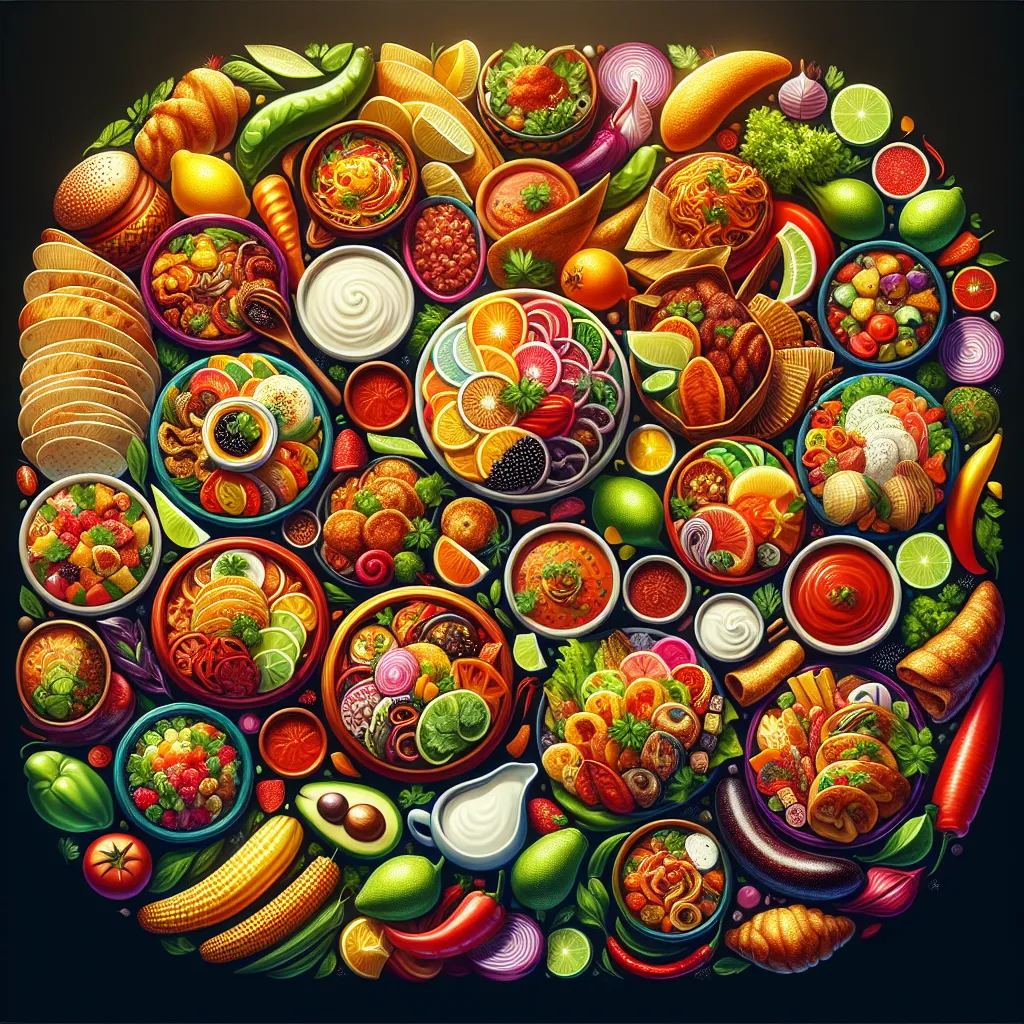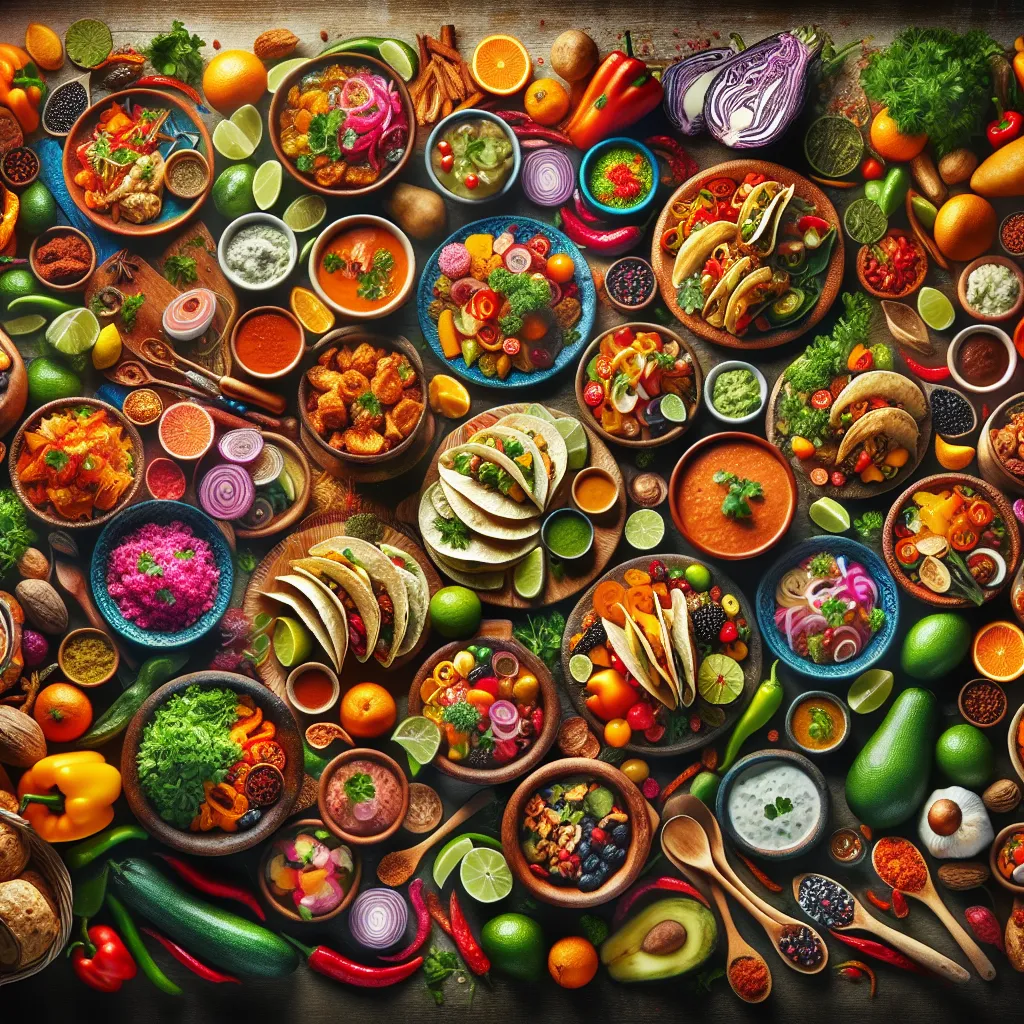Exploring the Origins of Authentic Latin Recipes
When it comes to mastering authentic Latin recipes for home cooking, it is essential to explore the origins of these dishes. Latin American cuisine is a rich tapestry woven from the diverse culinary traditions of the region’s many countries. Each dish tells a story of cultural influence and historical significance.
From the ceviche of Peru to the arepas of Venezuela, Latin American cuisine reflects a deep connection to the land and its people. Many authentic recipes have roots in indigenous ingredients and cooking techniques, as well as the fusion of European, African, and Asian flavors brought by centuries of cultural exchange.
Exploring the origins of authentic Latin recipes provides a deeper understanding of the ingredients, spices, and cooking methods that define each dish. For example, the use of corn, beans, and chili peppers in Mexican cuisine speaks to its indigenous origins, while the introduction of rice and plantains in Caribbean recipes reflects the influence of African and Asian culinary traditions.
By delving into the history of authentic Latin recipes, home cooks can gain a greater appreciation for the cultural significance of each dish and the stories they tell. This understanding allows for a more nuanced approach to mastering the flavors and techniques essential to creating truly authentic Latin American meals.
Essential Ingredients for Mastering Latin Cuisine at Home
Mastering authentic Latin recipes at home requires a deep understanding of the essential ingredients that form the foundation of Latin cuisine. Whether you are delving into Mexican, Peruvian, or Cuban cooking, certain staple ingredients are crucial for achieving the authentic flavors of Latin dishes.
One of the essential ingredients in Latin cuisine is achiote paste, a flavorful and vibrant red seasoning made from annatto seeds, spices, and herbs. Achiote paste is widely used in Latin American dishes to add color and a hint of earthy, peppery flavor.
Another key component is masa harina, a type of flour made from dried hominy corn that is fundamental in the preparation of tortillas, tamales, and pupusas. Masa harina gives these dishes their distinctive corn flavor and is a staple in many Latin American pantries.
Adobo sauce is also a vital ingredient, offering a rich, smoky, and slightly sweet flavor profile. This versatile sauce is often made from a mixture of ground chilies, herbs, and vinegar, and is commonly used to marinate meats or as a base for stews and sauces.
Cilantro, cumin, and Mexican oregano are essential herbs and spices that feature prominently in Latin cooking, infusing dishes with aromatic and distinctively Latin flavors. Additionally, staples such as black beans, plantains, and tropical fruits like mango and guava add depth and variety to Latin recipes.
By stocking your kitchen with these crucial ingredients, you can begin your journey to mastering authentic Latin recipes at home, allowing you to savor the rich and diverse flavors of Latin cuisine in your own kitchen.
Perfecting Traditional Latin Cooking Techniques
Mastering authentic Latin recipes for home cooking is a delightful journey into the vibrant and diverse world of Latin cuisine. One of the keys to successfully recreating traditional Latin dishes at home lies in perfecting the essential cooking techniques that define the region’s culinary heritage.
Take, for example, the art of preparing a classic mole sauce. This rich and complex sauce, hailing from Mexico, requires expert knowledge of toasting and grinding various dried chilies, nuts, seeds, and spices to achieve the perfect balance of flavors and textures. Likewise, mastering the technique of slow-cooking meats, such as pork or beef, until they are tender and flavorful is crucial for many Latin stews and braised dishes.
Another essential aspect of traditional Latin cooking is the skillful use of fresh herbs, citrus fruits, and aromatics to create vibrant and zesty marinades and salsas. From the tangy citrus marinades of the Caribbean to the fiery, herb-infused salsas of Central America, understanding the balance of flavors and the proper techniques for blending and marinating is fundamental in capturing the authentic taste of Latin cuisine.
Furthermore, the art of preparing fluffy and flavorful Latin rice, whether it’s a fragrant and colorful Arroz con Pollo or a savory rice and beans dish, demands precision in both the rice-to-water ratio and the cooking time. Achieving the ideal texture and consistency of rice is a hallmark of a skilled practitioner of Latin cooking techniques.
Ultimately, mastering the authentic cooking techniques of Latin cuisine is a rewarding endeavor that allows home cooks to savor the true flavors and aromas of the region. By honing these essential skills, enthusiasts of Latin cooking can take their culinary creations to new heights of authenticity and deliciousness.




